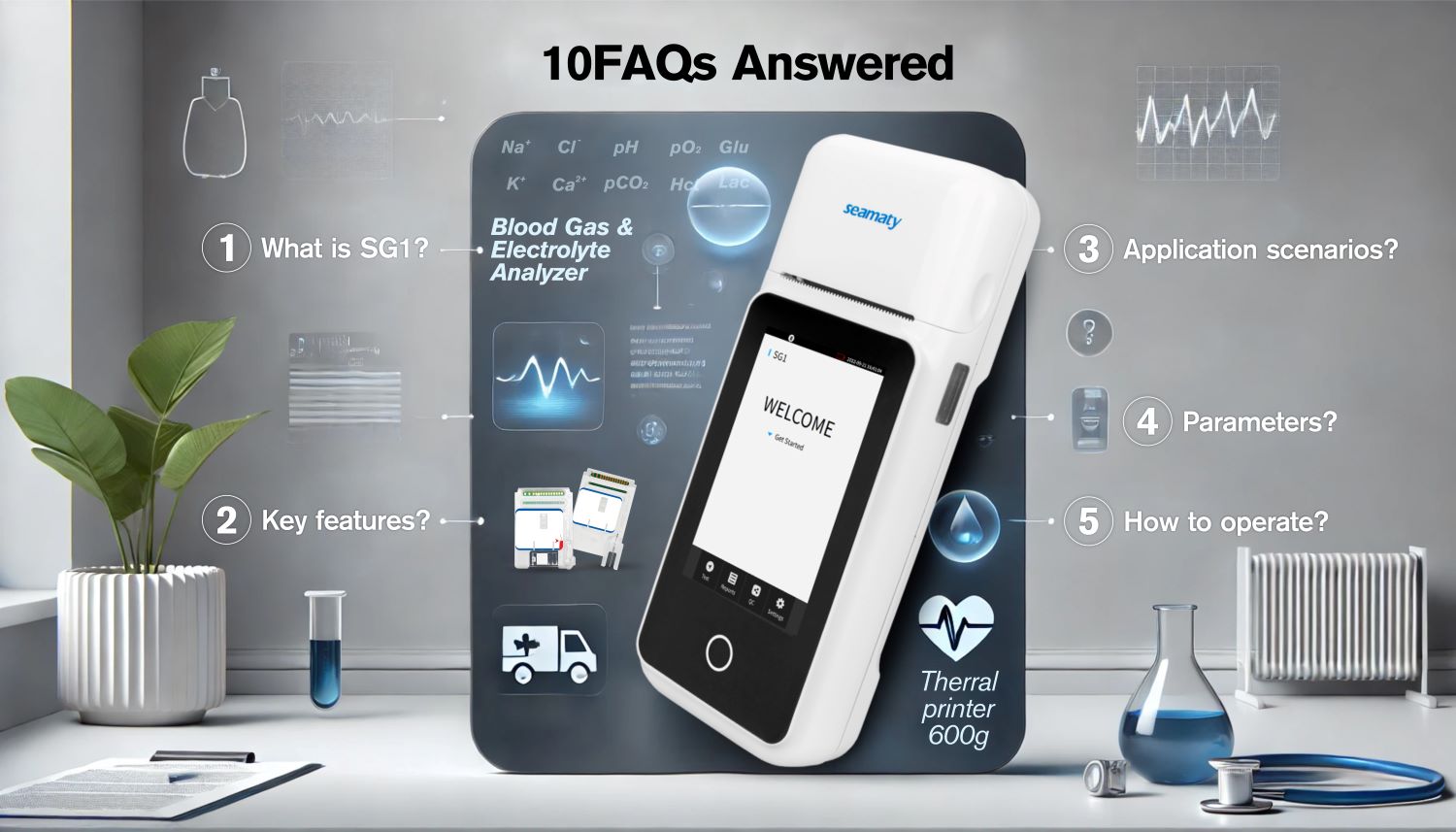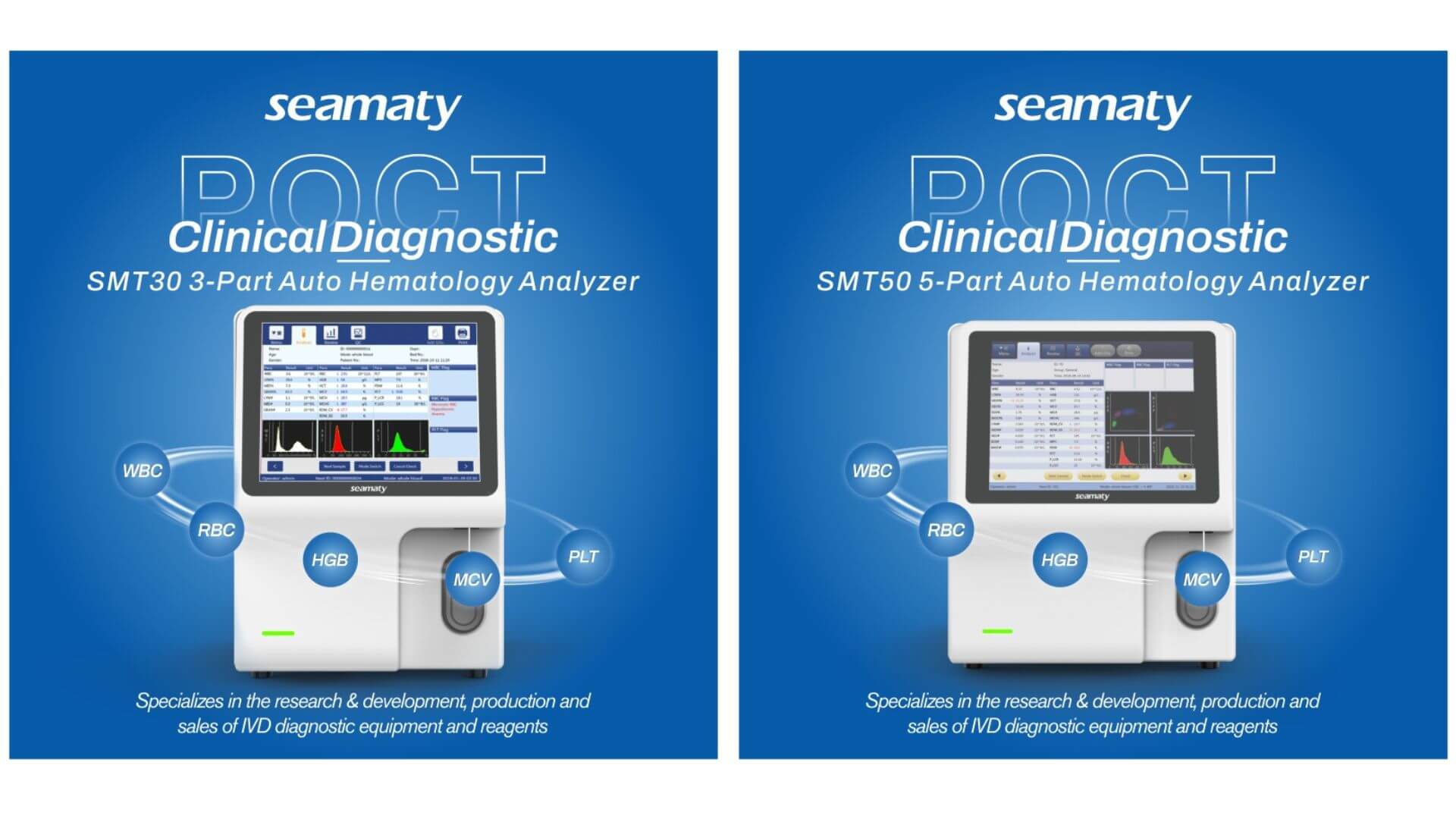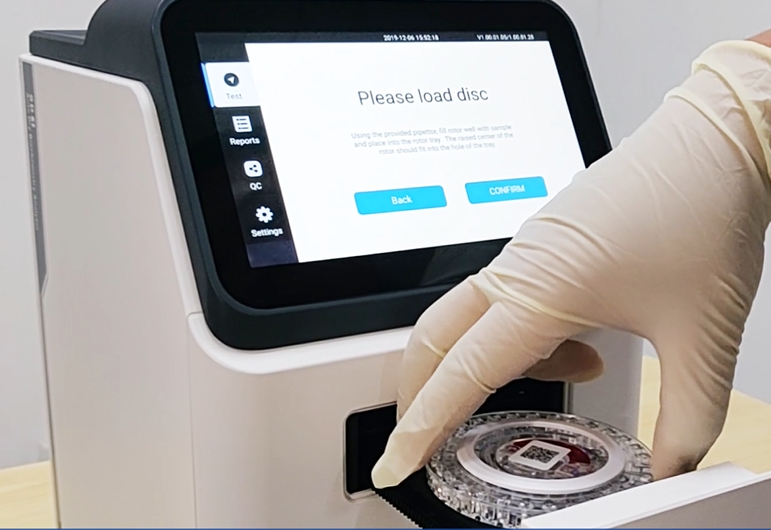release time:2022-09-15 10:40:40
In the mid-1980s, due to the development of high-energy electromagnetic wave technology, the U.S. company Inventor used impedance, laser and high-energy electromagnetic wave technology to simultaneously detect a cell. The cell sorting is then performed through a comprehensive analysis of the data. Because the high-energy electromagnetic wave technology can detect the size and density of the particles inside the cell. There is also the German company Bayer, which uses the principle of combining cytochemical reactions with laser technology to sort and detect leukocytes.

2024-11-26
Learn everything about the Seamaty SG1 Blood Gas Analyzer, from its key features and tested parameters to its application scenarios and simple operation. This FAQ guide covers all essential details to help healthcare professionals make the most of this portable, efficient diagnostic tool.

2023-06-26
Explore the significance of automated CBC machines in healthcare, their diagnostic capabilities, and Seamaty's advanced SMT-30 and SMT-50 analyzers. Streamline blood analysis, improve diagnostics, and enhance patient care.

2021-10-14
Biochemical analyzers can be divided into fully automatic biochemical analyzers and semi-automatic biochemical analyzers. Nowadays, most hospitals use fully automatic biochemical analyzers.